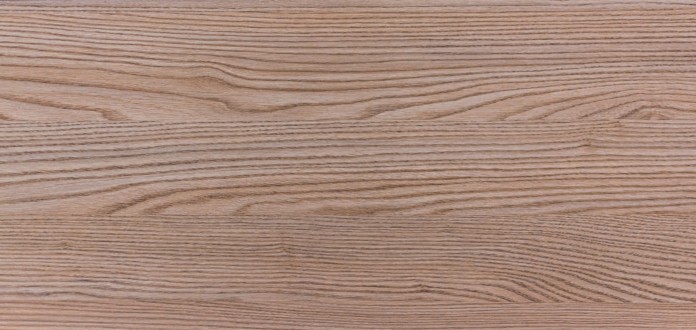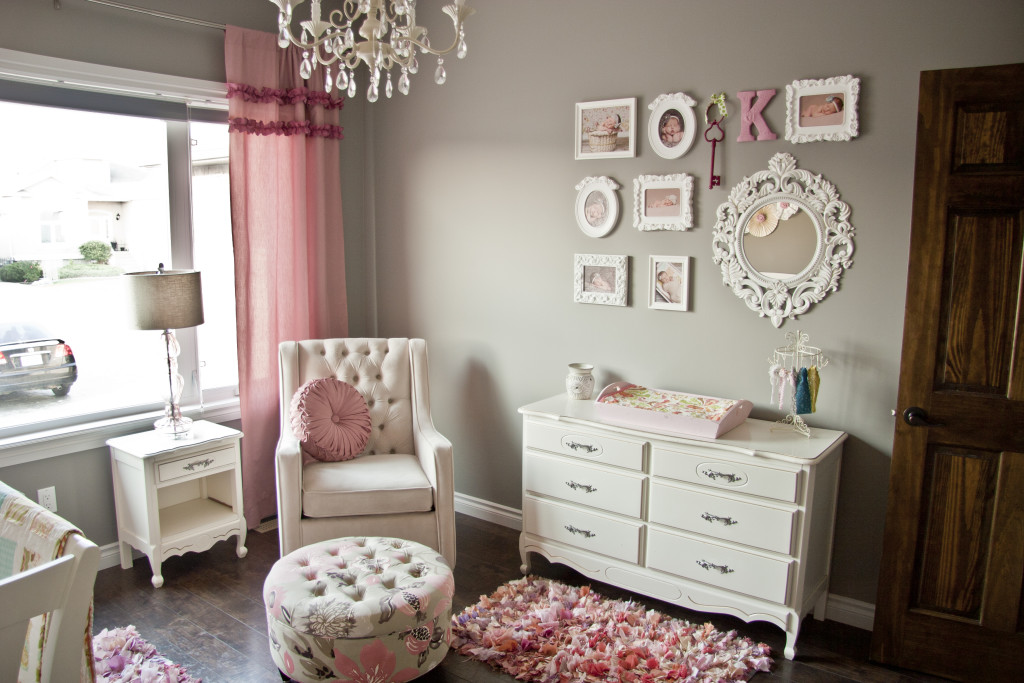If you’ve ever tried dabbling in a little bit of woodworking for your DIY projects, you might have come across something called an MDF board. While fairly common, it’s possible that you might not yet have heard of this versatile and surprisingly affordable material. Or maybe you did, but you just skipped over it in favor of a different material. Regardless of whether or not you’ve had an opportunity to use MDF boards before, it’s a fantastic material to use in DIY crafts.
When would you want to reach for MDF boards over other construction materials? Generally, you would usually see it in small projects that need something thick and somewhat sturdy, like a cabinet for medications and personalized supplements or even building dollhouses. MDF boards are cheap, easy-to-use, and probably going to be the next material you’ll make your next DIY project out of!
What Exactly Is MDF Board?
Basically, an MDF board is a type of wooden board made from glued-together wood chips and fibers. It’s made through a specific type of machine, called a “defibrator,” that cuts up and breaks down wood bits. Then, afterward, another machine combines them together to become the flat board you see for sale in stores.
The name MDF stands for “medium-density fiberboard,” and these fiberboards are typically made at pulp mills. These mills turn wood and recyclable wood materials into pulp, which then gets used to make paper. But unlike paper, fiberboards like MDF are tough enough to keep their shape and not fold over.
However, there’s a catch when using MDF boards: They’re extremely soft. In fact, they’re softer than a block of softwood. You can’t even expect these manufactured boards to last half as long as those from traditional wood. Therefore, it’s reasonable to wonder… why would anyone want to use these boards at all?
Why Use MDF Boards
That said, just because MDF boards are soft, that doesn’t mean they’re useless or serve no purpose. Rather, there are quite a few applications where you’d want to use MDF boards. Now before you throw away your blueprints or give up on your project, there’s a reason why MDF is so popular among small DIY woodworkers. That’s because MDF boards are:
- Cheap
- Easily bonds with glue
- Comes in neatly cut and precise measurements
The first two benefits come from the way MDF boards are made. Unlike traditional wood, which is made from long fibers, the fibers in MDF boards are cut up into tiny pieces. These small pieces give them a porous and smooth surface that lets glue stick better to them. And because these fibers come from wood rejects that can’t be repurposed into anything else, they’re really affordable.
Meanwhile, the fact that MDF is manufactured wood means that you can consistently have them in almost any size straight from the factory. So far, only plywood from sawmills has this same characteristic. But for a budding woodworker planning to experiment, plywood is unfortunately just too expensive. On the other hand, though, MDF does the same thing without the extra added cost.
There is another thing that makes MDF stand out against other woods, as well. Unlike real wood, MDF boards are easy to cut along the edges, which means that the edges won’t splinter when you try to carve them out. And right outside on the surface, they won’t need as much sanding as you would with other wood.
What Projects Can You Do With MDF Boards?
Like most board-shaped wood, you can actually do plenty of things with MDF boards. From cabinet walls to stylized doors, you can make them with these. They’re just as useful as other kinds of would. However, you might have to be careful with water. Unlike plywood and most hardwoods, MDF boards tend to swell when wet. You can get around this by using waterproof veneers and certain glues.
And because they take wood glue in quite well, they’re great replacement parts for things that easily break like cabinet doors and cupboards. Another way to make the most out of these boards is by layering. Think of how you would make a thick cabinet. You can have a layer veneer on the outside, MDF to make things thicker, and some varnished plywood on the inside to give it a textured look.
Staying Safe With MDF Boards
With MDF boards, it’s important to understand that they’re different from your typical wood. For one, MDF dust stays in the air for a long time. With that in mind, if you plan to cut these up using power tools, you better have an eye shield, face mask, and some good ventilation on.
You might also find from other sources that MDF is bad for you or dangerous to use. While that’s not entirely false, it’s somewhat of an exaggeration. The same could be said for all forms of sawdust. It’s all just a matter of having the right disposal methods, proper ventilation and filtration, and a mask on your face — basically, doing the things you would normally do to keep yourself safe.
Now, it doesn’t take a lot to use MDF boards. You can work on them just as much as you would with regular wood, but at just a fraction of the price of more costly types and cuts. But if you really want to get the most out of your budget, then you should seriously consider using MDF boards for your next DIY project. They are not only cheap, they’re good at what they do, allowing you to make the most out of your hobby — but without having to worry about breaking the bank!




